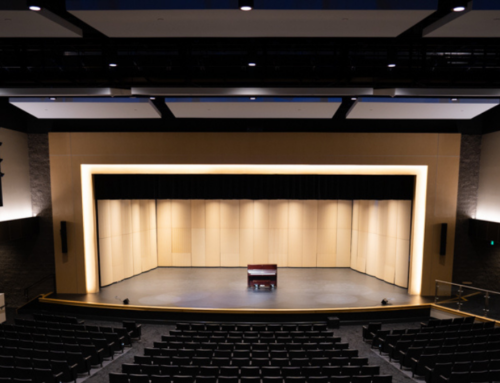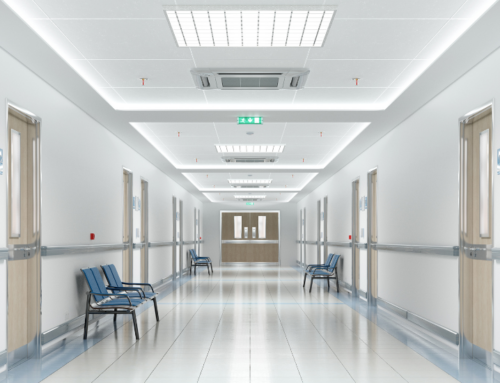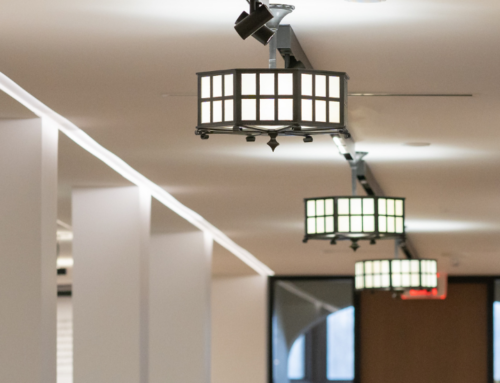Designing Efficient K-12 Schools: Automation and Controls Roundtable
In a digital age, children across the U.S. are more technologically advanced than ever—and they require educational facilities that can keep up. Here, engineers with experience working on K-12 schools share views on automation and controls in these facilities.

Respondents
- Maxwell Chien, PE, LEED AP BD+C, Associate, Kohler Ronan, New York City
- Chuck Dale-Derks, PE, LEED AP, Principal, McClure Engineering, St. Louis
- Evan J. Hammersmith, PE, LEED AP BD+C, CGD, Associate, Mechanical, Karpinski Engineering, Cleveland
- Michael Lentz, PE, CPD, HFDP, Director of Operations, Baltimore Office, Setty, Baltimore
- Rodney Oathout, PE, LEED AP, CEM, Principal | Energy + Engineering Leader, DLR Group, Overland Park, Kan.
- Michael Rader, PE, CEM, Vice President and Chief Operating Officer, Barton Associates Inc., York, Pa.
CSE: From your experience, what systems within a K-12 school are benefiting from automation that previously might not have been?
Chien: Lighting controls have played a critical role in K-12 schools. Using daylight, occupancy, and vacancy sensors are now the norm. In the past, a light switch was the only control an educational space may have had.
Rader: We are seeing an increased integration of low-voltage systems (security, access control, lighting control, building management, fire alarm, telephone/data, etc).
Dale-Derks: The real benefit has been to keep the maintenance department lean (actually, spread thin). A single maintenance staff is responsible for several facilities. Having access to controls for any building from any internet location throughout the district allows remote troubleshooting and sometimes allows easy fixes without needing to visit the site.
CSE: What unique tools are these facility owners including in their automation and controls systems?
Rader: We are seeing owners using technology to constantly monitor and control their facilities. Smartphones and tablets have allowed owners to be aware of building performance and issues on a 24/7 basis. We are also seeing a significant increase in the quantity and quality of information available.
Chien: Using a tablet PC to help troubleshoot automatic controls has become popular. In the past, a facility owner would need to have two people to check the controls of a system, one would be at the main building management system (BMS) computer, while another person would be at the unit or mechanical device in question. Tablets have allowed facility managers to make changes to the building controls while standing by the piece of mechanical equipment and verify if the equipment initiated the appropriate command (open/close, modulate, etc.).
Dale-Derks: Occupancy sensors that tie to variable air volume (VAV) boxes and feedback to air-handling systems to reset ventilation values and setpoints. Discharge-air temperature sensors on every terminal unit to provide feedback on how the system is operating.
CSE: Cybersecurity and vulnerability are increasing concerns—are you encountering worry/resistance around wireless technology and Internet of Things (IoT) as the prevalence of such features increases?
Dale-Derks: Yes. One district updated all IP addresses throughout the district. While this improves security, it has taken significant resources to update and train all maintenance staff on the new access requirements, so much so that some staff still do not have remote access to all facilities 8 months after initial implementation. Sometimes we worry too much about areas that are rarely, if ever, the target of security breaches to the point that we paralyze our operations.
CSE: What types of system integration and/or interoperability issues have you overcome in K-12 schools, and how did you do so?
Rader: BMS and equipment manufacturers have historically been difficult to integrate, as most of the equipment manufacturers also have a building management system. The more widespread adoption of BACnet has helped with interoperability, but there are still shades of grey. At one point, we had equipment manufacturers remove their unit controllers and wire to a terminal strip so that the building automation contractor could communicate with the equipment.
CSE: As students work with more technology for daily tasks, how is this impacting the design of existing K-12 buildings?
Rader: Installed infrastructure must be more robust and flexible than in the past. Learning environments must be able to be reconfigured to meet dynamic approaches.

Chuck Dale-Derks, P.E.
Published March 21, 2018 in Construction Specifying Engineer
Chuck Dale-Derks, P.E., is a principal at McClure Engineering, a mechanical and electrical consulting engineering firm dedicated to the development of innovative solutions to unique engineering problems.



